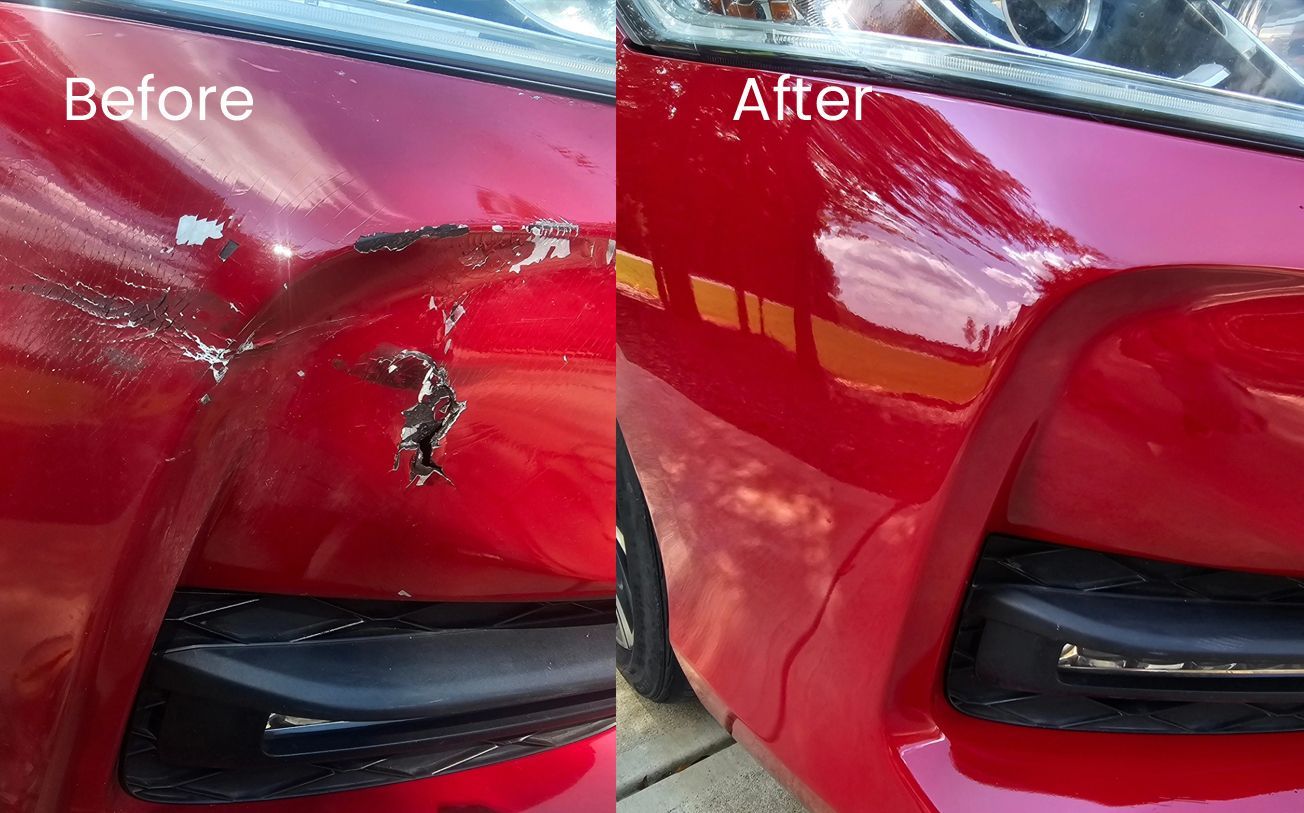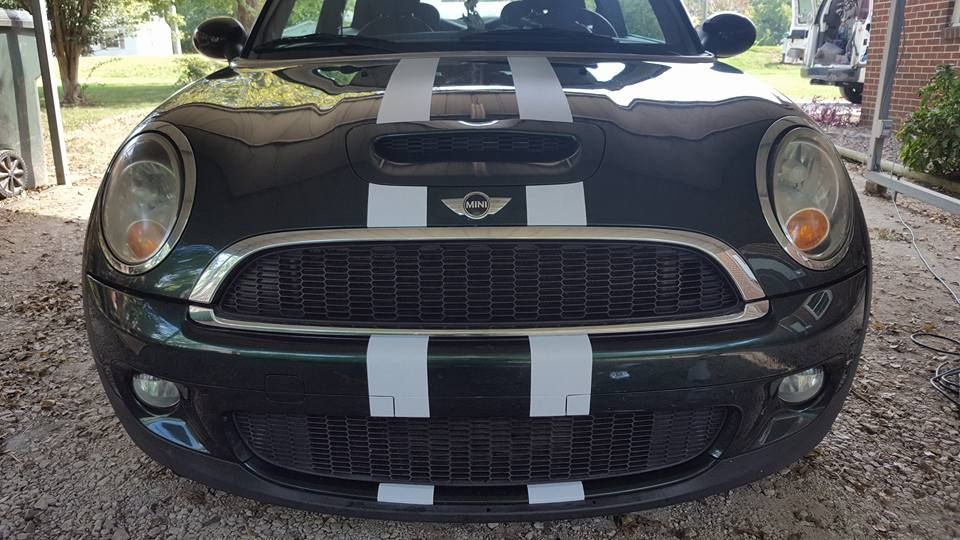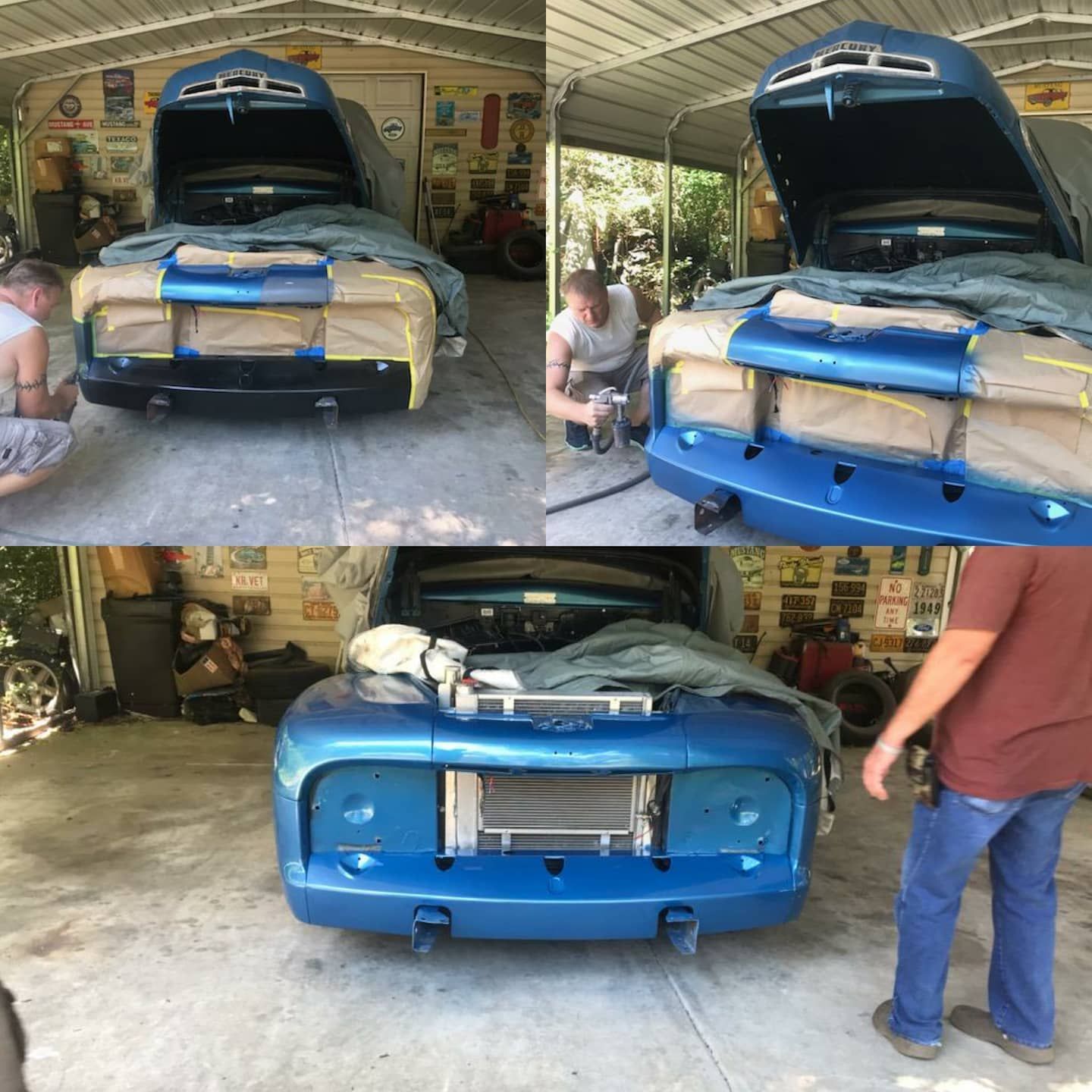Spotless Paint Correction: What Makes It Different from Regular Polishing

You’ve washed your car, maybe even polished it, but under the sunlight you still see swirl marks, haze, or fine scratches that make the finish look dull. That’s when you start hearing about paint correction — a service often touted by professional detailers as the solution for restoring that “better than showroom” gloss.
But what makes paint correction different from a basic polish? And is it worth the investment? This post will break down the difference between regular polishing and professional paint correction, explain the process step by step, and help you decide whether your vehicle needs it.
What Paint Correction Really Is
Paint correction is a precise, multi-step process that permanently removes surface defects from your car’s clear coat to create a flawless, mirror-like finish. It’s not just “making paint shiny” — it’s restoring the clarity of the paint by leveling the clear coat to remove imperfections.
Common Paint Defects Corrected
Before diving into the process, here are the most common issues that paint correction addresses:
- Swirl marks – those spiderweb-like patterns caused by improper washing or drying
- Light scratches – from brushes, tree branches, or contact with objects
- Water spots – mineral deposits etched into the clear coat
- Oxidation – dulling of the paint from UV exposure
- Holograms or buffer trails – caused by poor machine polishing techniques
Regular polishing often masks these defects temporarily with fillers. Paint correction removes them entirely by carefully cutting into the clear coat until the surface is level and defect-free.
How Paint Correction Differs From Regular Polishing
It’s easy to confuse the two, so here’s what sets paint correction apart:
- Purpose: Polishing is often just for shine; paint correction is for defect removal.
- Depth of Work: Correction uses abrasives to actually level the clear coat; polishing may just clean and enhance gloss.
- Durability: The results of paint correction are permanent (until new damage occurs), whereas polish can wash away over time.
- Skill & Time Required: Correction is labor-intensive and requires multiple machine polishing stages, specialized pads, and compounds.
- Results: Paint correction produces a true, swirl-free, glassy finish that can then be sealed or ceramic-coated.
Think of polishing as makeup — it covers imperfections — while paint correction is more like skincare — it fixes the underlying issue.
Our Paint Correction Process
Professional paint correction follows a careful, step-by-step workflow to avoid damaging the paint while achieving the highest gloss possible.
- Step 1: Wash and Decontaminate
We start with a deep wash, then remove bonded contaminants using a clay bar or iron remover. This leaves a perfectly clean surface for machine work.
- Step 2: Paint Inspection and Measurement
We inspect the paint under proper lighting and use a paint thickness gauge to ensure there’s enough clear coat for safe correction.
- Step 3: Compounding Stage
A cutting compound is applied with a machine polisher to level out deeper defects, scratches, and oxidation.
- Step 4: Polishing Stage
We follow up with a finer polish to refine the surface, removing any haze left by compounding and increasing gloss.
- Step 5: Final Wipe Down
All polishing oils and residue are wiped off to reveal the true finish.
- Step 6: Protection
We apply a wax, sealant, or ceramic coating to lock in the new finish and make it easier to maintain.
FAQs About Paint Correction
- Is paint correction safe for my car?
Yes, when done by a trained professional. The process removes only a minimal amount of clear coat — just enough to eliminate defects — without compromising paint integrity. - How long does paint correction last?
Results are permanent. New swirls or scratches can still occur, but the corrected areas won’t reappear unless damaged again. - Will paint correction fix deep scratches?
It can remove light to moderate scratches. Deep scratches that go through the clear coat may require touch-up paint or repainting. - How long does the process take?
Depending on the vehicle size and defect severity, it can take several hours or even a full day. - Do I still need to wax after paint correction?
Yes, applying a protective layer (wax, sealant, or ceramic coating) helps preserve the corrected finish and prevent new defects.
Conclusion
Paint correction is more than just polishing — it’s a meticulous process that transforms a tired, scratched, or dull paint job into a stunning, flawless finish.
If you’re in South Carolina and want your car to look its absolute best, our mobile paint correction service can bring the shine back — right in your driveway.
Contact us today to schedule a consultation and see just how good your car’s paint can look.


